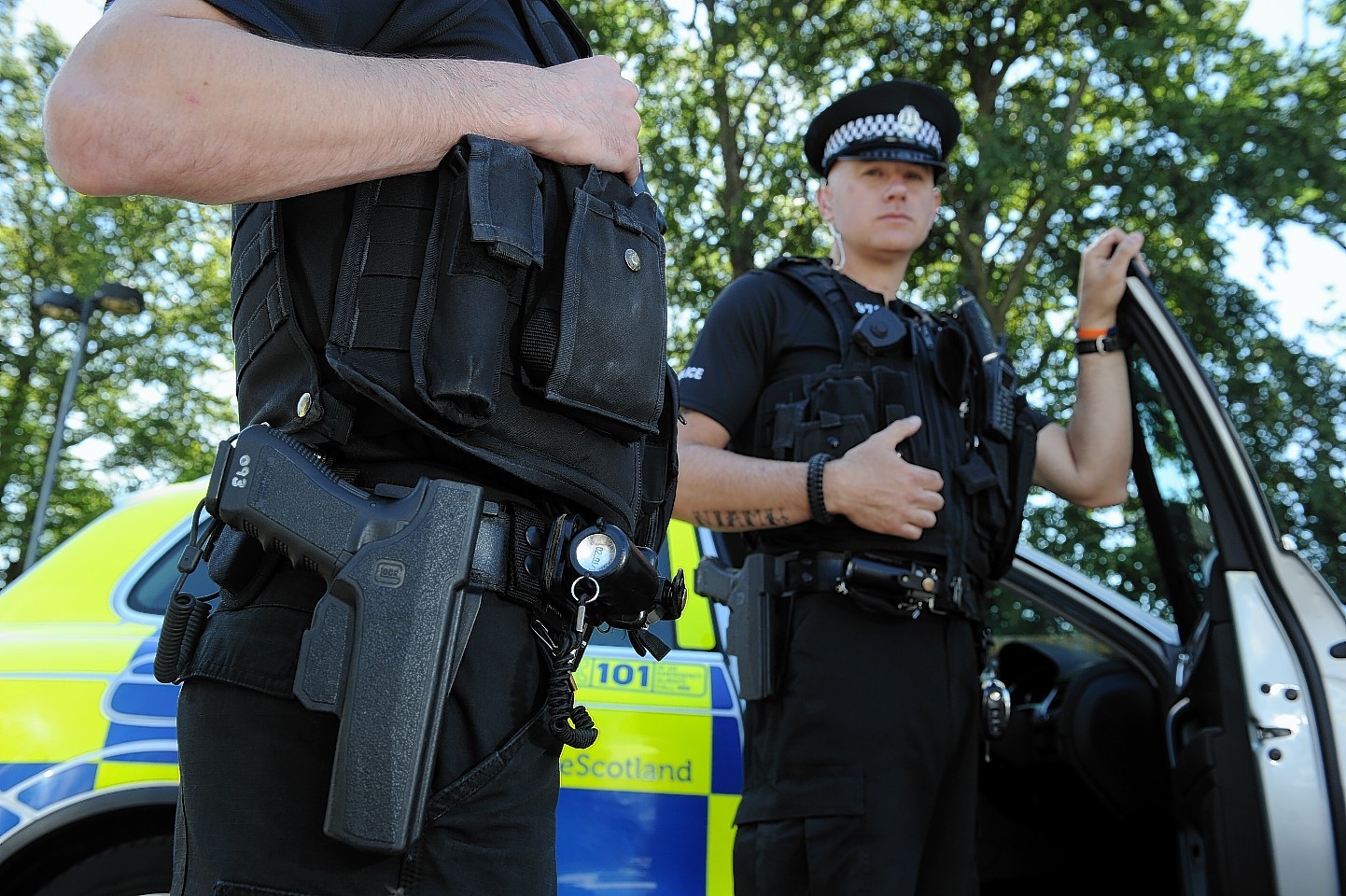The routine use of armed police in Highland streets has prompted a complaint to be sent to the United Nations.
Independent watchdog the Scottish Human Rights Commission (SHRC) submitted a dossier of concerns about Police Scotland’s use of armed officers on routine patrol across Scotland.
The issue first came to light after concerns were raised in the Highlands about armed officers attending routine call-outs or on patrol in public places.
The initial worries have led to growing unease about the policy across Scotland.
A poll published in the Press and Journal earlier this week suggested that the majority of people in the north are against the proposals.
More than 1,000 people took part in the survey, with 62% disagreeing with the suggestion that specially trained officers should be allowed to carry their weapons at all times.
The SHRC has laid out 18 separate issues in their document sent to the UN covering armed police and a number of other issues about the force.
The dossier also covers other controversial points such as the use of stop and search powers by police officers.
The watchdog sent the document amid what they describe as growing fears over an “illiberal” law-and-order agenda in Scotland.
The UN will consider the SHRC’s concerns as part of a review into the United Kingdom’s implementation of the International Covenant on Civil and Political Rights.
Professor Alan Miller, chairman of the commission, has previously said that the decision should only have been taken with “extreme caution” and with proper scrutiny by the public.
He also said that the final decision on police policy rested with the Scottish Government and not solely with Chief Constable Sir Stephen House.
However, a Scottish Government spokeswoman said: “It is for the Chief Constable to make operational policing decisions free from political interference.
“To this end he has already given an undertaking to take into account Highland Council’s motion calling for a review of the policy when the standing firearms authority is reviewed next month.
“Her Majesty’s Inspectorate of Constabulary Scotland will be providing further assurance and its report will be published and available to the Parliament.”
